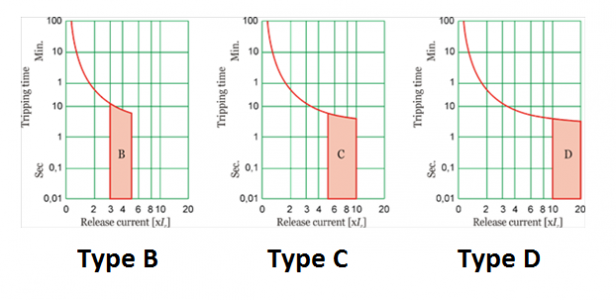Subbu68
Well-Known Member
That incident was at Vishakapatnam aka Vizag. One power contactor had something like half a kilo silver said my colleague who worked there. I was coordinating the supply chain.

Silver is nothing. Here in India you put copper strips for lightning rod conductor it gets stolen. The conductor for earth gets stolen ASAP. At Chennai Citibank Data Center, stealing of the copper earthing strip used to be the most pilfered item.
With the current rates of aluminium, even aluminium isn't safe I guess.
Pilferage is not a new thing. We used to loose even 25mm MS rod buried in ground for earth grid. We lost 4km aluminium conductor when we were ready to energize a 400kV line in 1991. Imagine climbing up 25-30m on towers and cutting down them that are hanging on 2m long insulators!!! Data centers are easy access that way.
Anyways off topic


